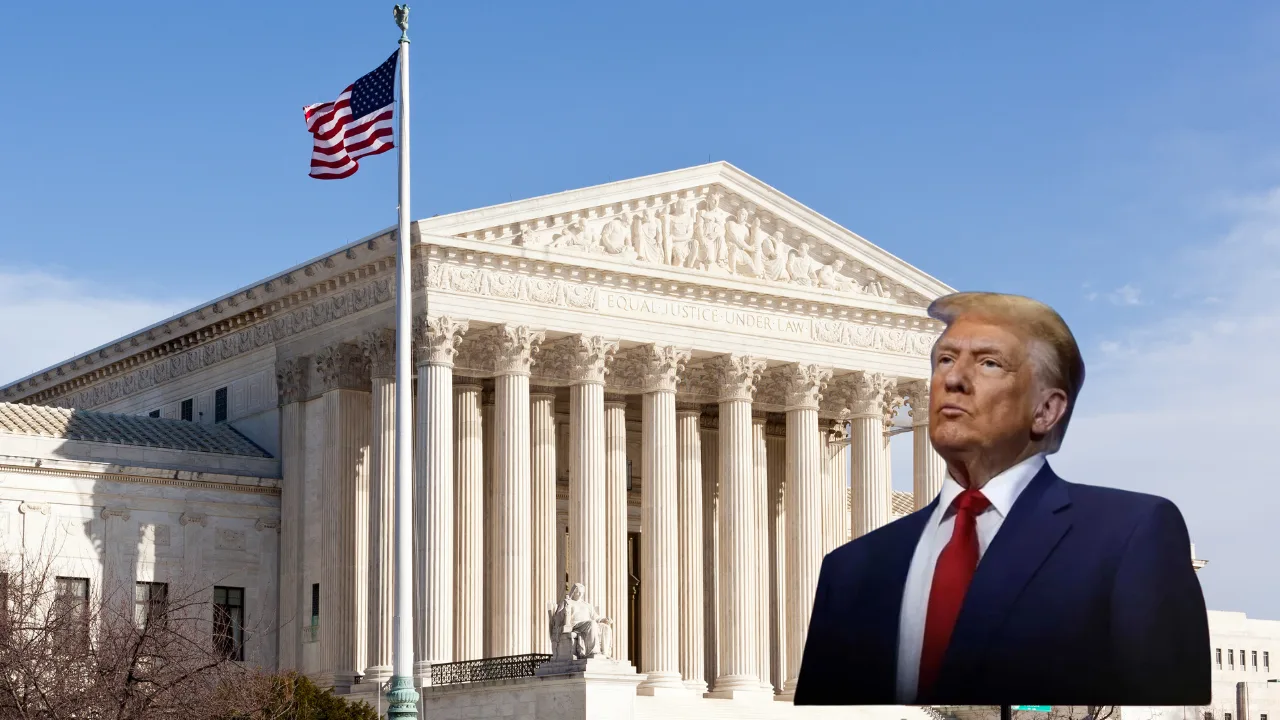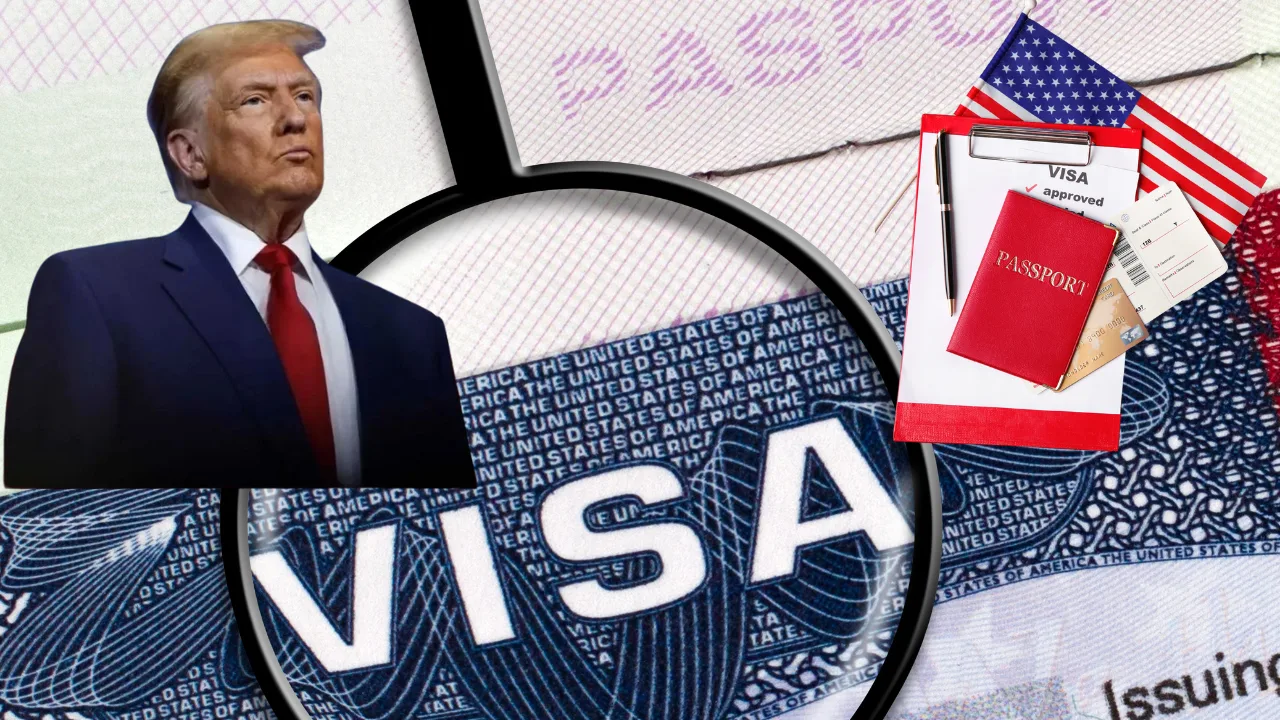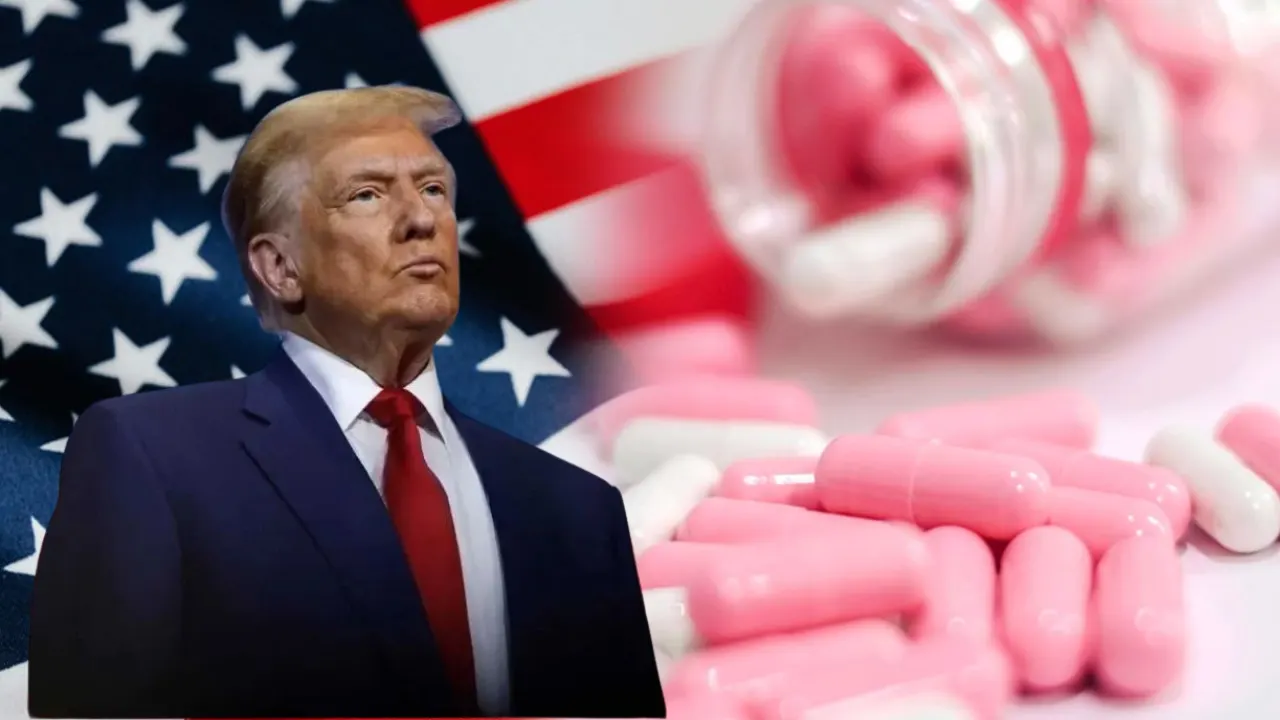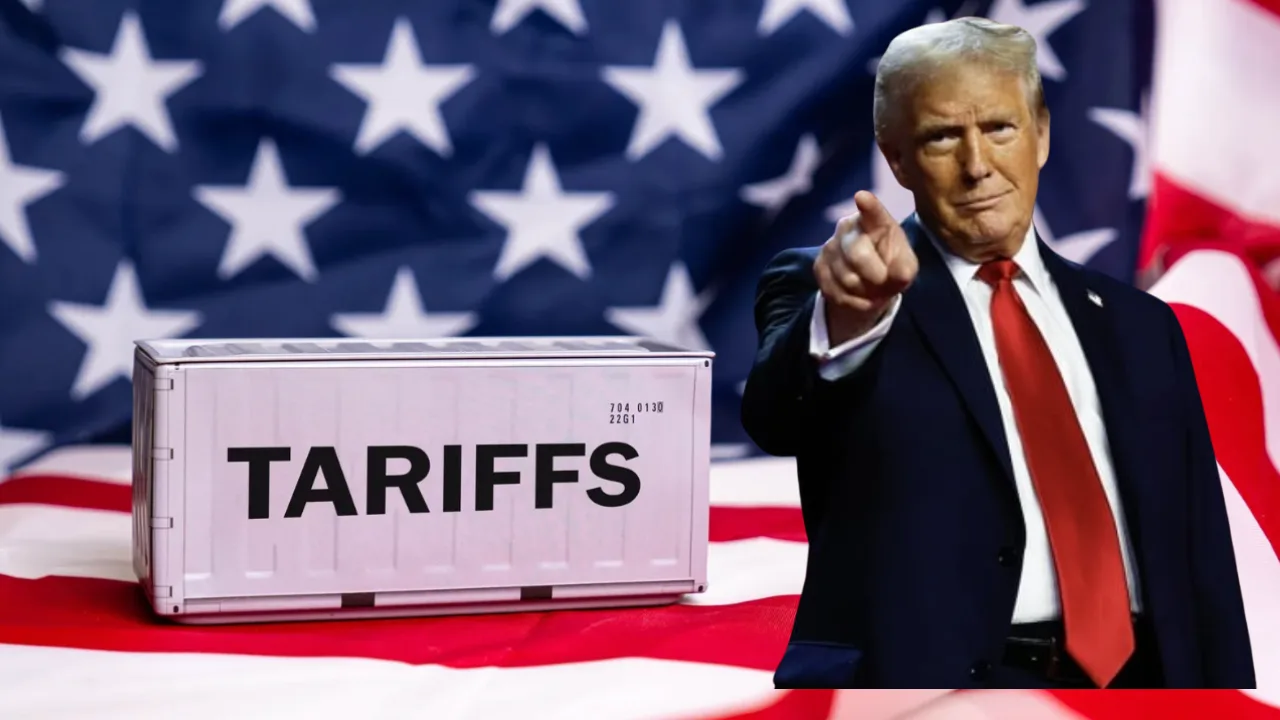U.S. Court Declares Most Trump Tariffs Illegal.A U.S. appeals court has struck down most of Donald Trump’s broad “reciprocal tariffs,” calling them an overreach of presidential power. However, key duties on steel, aluminum, and Chinese imports remain intact, with the administration preparing to appeal.
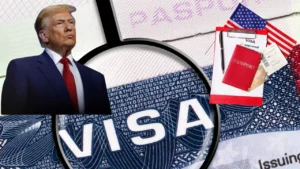
Court Strikes at the Heart of Trump’s Tariff Strategy
A federal appeals court has ruled that most of former President Donald Trump’s reciprocal tariffs — which once covered nearly 69% of U.S. imports — were illegal. Judges found that Trump exceeded his presidential authority by using broad powers to impose sweeping levies.
The court’s decision spares only sector-specific tariffs, translating to about 16% of total imports. These include steel and aluminum duties imposed under Section 232 of the Trade Expansion Act, as well as targeted tariffs on Chinese goods.

Steel and Aluminum Tariffs Remain Firm
The ruling confirmed that tariffs on steel and aluminum, expanded recently to cover over 400 products with rates up to 50%, remain valid. Legal experts note these are more likely to survive court scrutiny since they are tied to national security provisions.
“These Section 232 tariffs are central to Trump’s tariff strategy,” said Mike Lowell of Reed Smith LLP, “and they’re far more likely to survive than the broad reciprocal duties.”

De Minimis Exemption Ends
Separately, the U.S. ended the de minimis exemption that allowed imports worth under $800 to enter duty-free. This move now affects small businesses and e-commerce platforms that relied on low-value shipments, creating additional costs and logistical challenges.
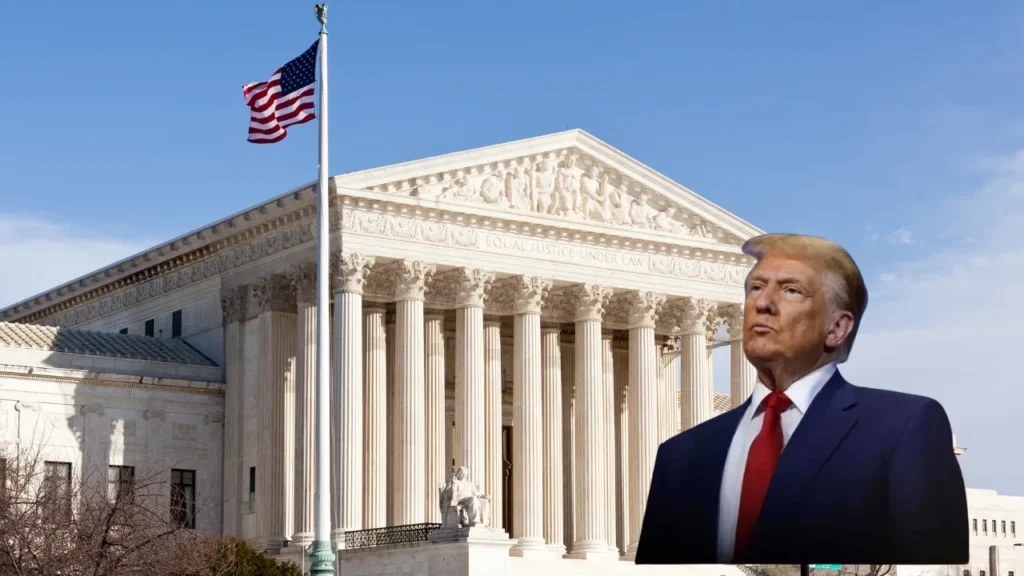
What Happens Next?
- The court has allowed the broader tariffs to remain in place until October 14, 2025, giving the administration time to file an appeal with the U.S. Supreme Court.
- Reports suggest the Trump administration is preparing to broaden sector-specific tariffs like steel and aluminum to avoid further legal challenges.
- Tariffs on Chinese imports, imposed during Trump’s first term and kept by Joe Biden, also remain unaffected.
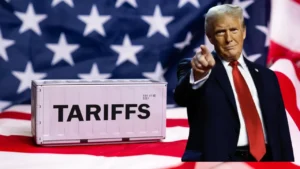
Industry and Political Fallout
The steel industry has welcomed the survival of Section 232 tariffs, seeing them as crucial protection against global oversupply. However, trade groups warn that removing reciprocal tariffs could embolden foreign exporters.
Meanwhile, Trump allies have blasted the court decision. Top adviser Peter Navarro warned that striking down the tariffs could mean the “end of the United States,” while Trump himself vowed to fight back through the Supreme Court.

At a Glance
| Tariff Type | Status After Court Ruling |
|---|---|
| Reciprocal tariffs (69% imports) | Declared illegal, expire after Oct 14 unless appeal succeeds |
| Section 232 tariffs (steel, aluminum) | Remain intact; expanded to >400 categories, up to 50% |
| Tariffs on China imports | Still valid, maintained from Trump’s first term |
| De minimis exemption | Eliminated; all imports under $800 now taxed |
Sources & Further Reading
| Home Page | https://aiis.org/ |
- Times of India – Steel, de minimis & China: Court declares ‘most’ Trump tariffs illegal – what levies are spared
https://timesofindia.indiatimes.com/world/us/steel-de-minimis-china-court-declares-most-trump-tariffs-illegal-what-levies-are-spared/articleshow/123617632.cms - Reuters – Most Trump Tariffs Ruled Illegal by U.S. Appeals Court
https://www.reuters.com/legal/government/most-trump-tariffs-are-not-legal-us-appeals-court-rules-2025-08-29/ - Axios – Blocking tariffs would be “end of the United States,” top Trump adviser says
https://www.axios.com/2025/08/31/trump-tariffs-supreme-court - Washington Post – What the end of the de minimis exemption means for U.S. shoppers and businesses
https://www.washingtonpost.com/opinions/2025/08/28/de-minimis-exemption-removal-trump-imports/
